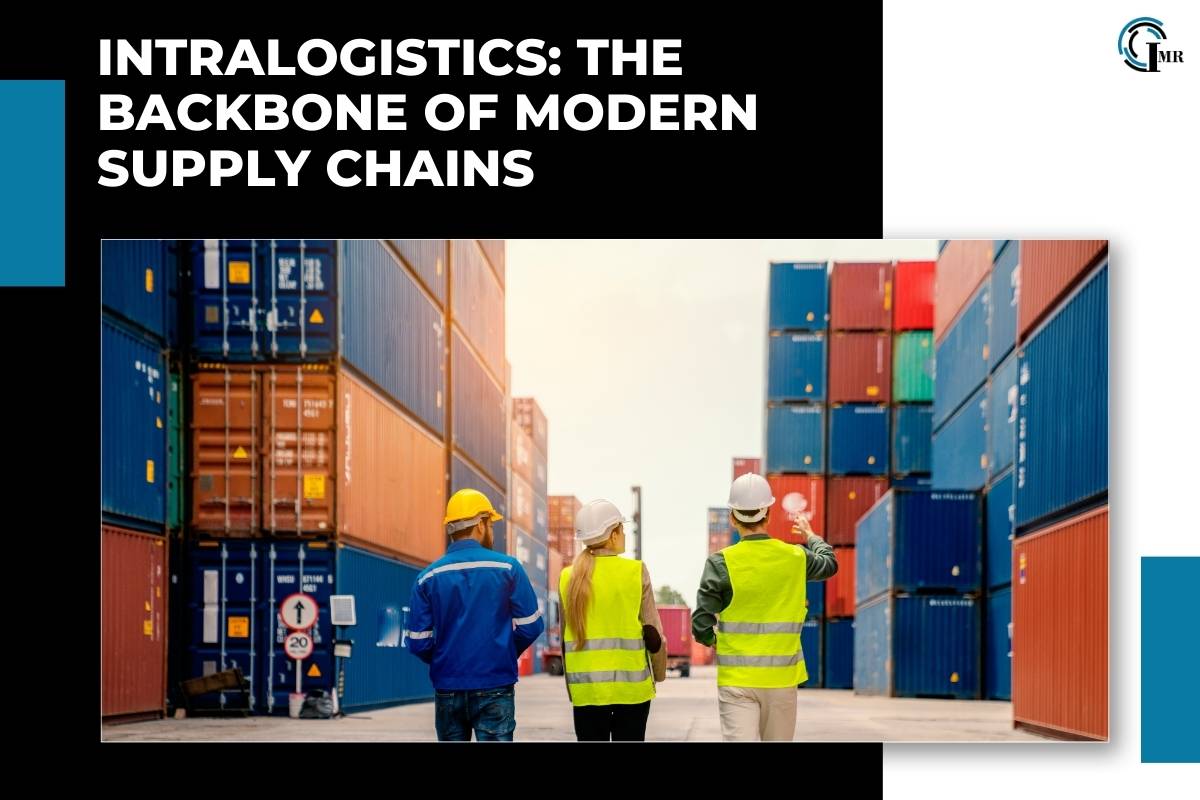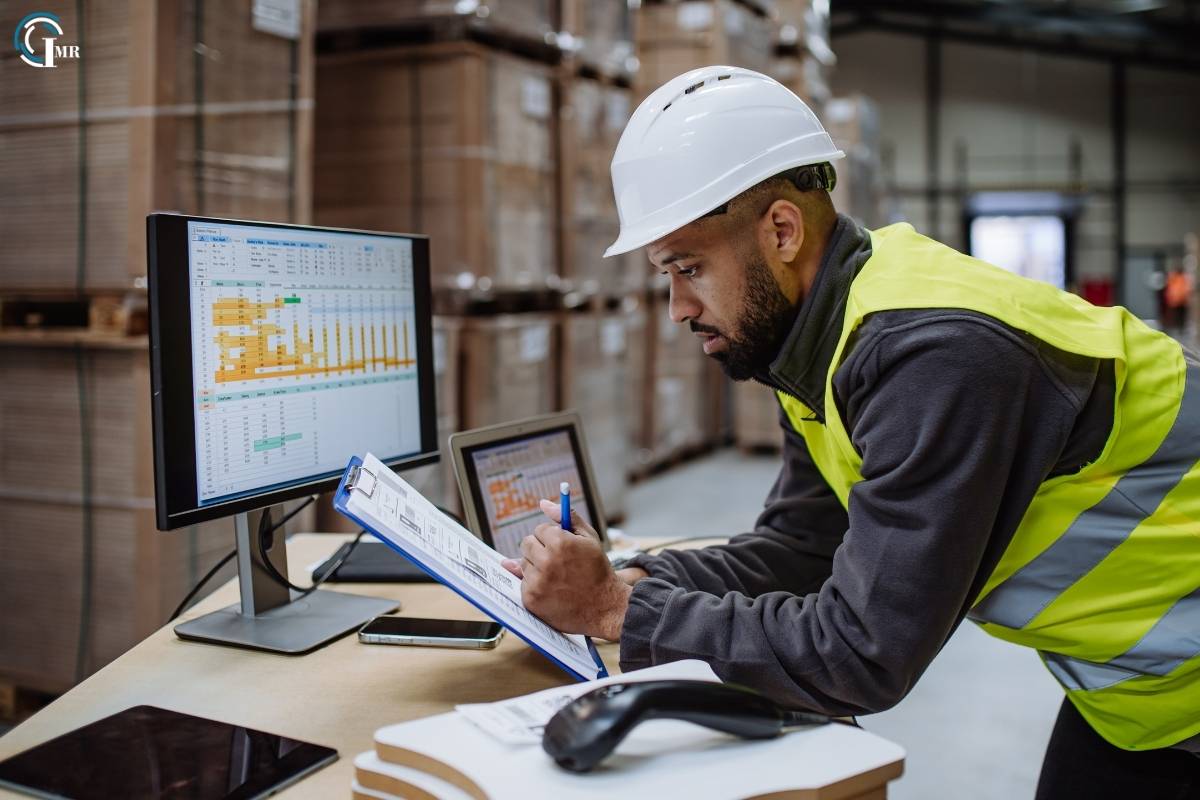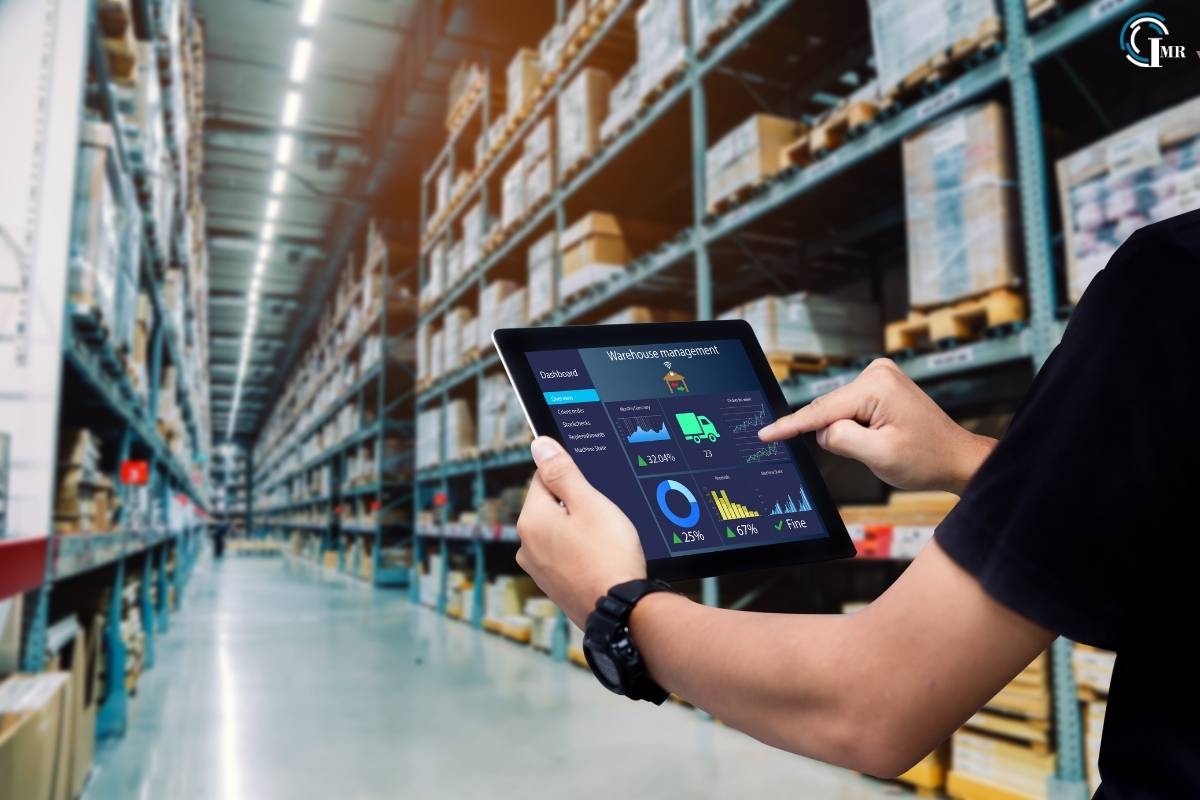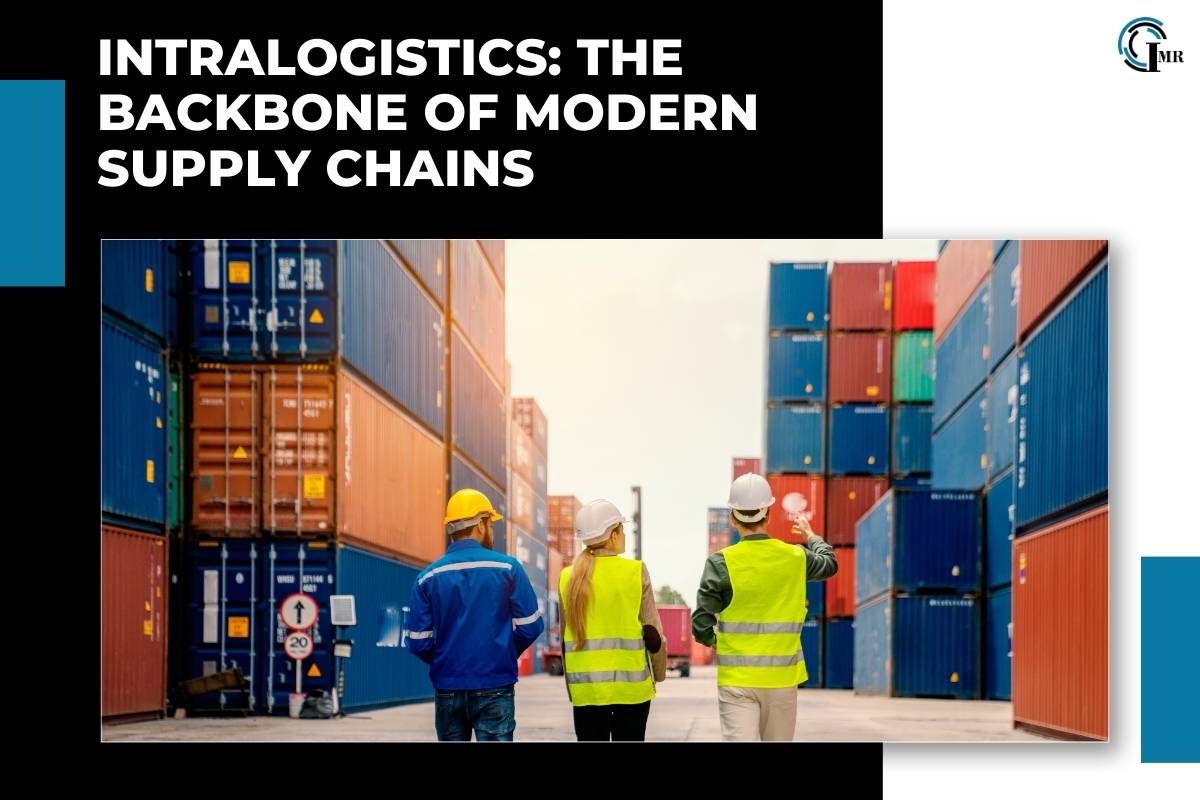Intralogistics: The Backbone Of Modern Supply Chains

Intralogistics, the art and science of optimizing, managing, and automating the internal flow of materials and goods within a facility, has become a crucial component of modern supply chains. With the rise of e-commerce, just-in-time manufacturing, and increasingly complex distribution networks, intralogistics solutions are essential for businesses aiming to improve efficiency, reduce costs, and enhance productivity. This article explores the various aspects of intralogistics, including its key components, technological advancements, challenges, and future trends.
Understanding Intralogistics
Intralogistics involves the integration and coordination of material handling, storage, and transportation within a warehouse or distribution center. It encompasses a wide range of activities, including:
- Material Handling: The movement of goods and materials within a facility using equipment such as conveyors, forklifts, automated guided vehicles (AGVs), and robots.
- Storage and Retrieval: Efficient organization and retrieval of goods using systems like pallet racking, shelving, and automated storage and retrieval systems (AS/RS).
- Inventory Management: Tracking and managing inventory levels to ensure the right amount of stock is available when needed.
- Order Fulfilments: Picking, packing, and shipping orders accurately and efficiently.
Key Components
The effectiveness of this operations relies on several key components:
a. Material Handling Equipment
Material handling equipment is the backbone of internal logistics, enabling the movement of goods within a facility. This includes:
- Conveyors: Used for transporting goods over short distances within a warehouse.
- Forklifts: Essential for lifting and moving heavy loads.
- Automated Guided Vehicles (AGVs): Autonomous vehicles that transport goods without human intervention.
- Robots: Used for tasks such as picking, packing, and palletizing.
b. Storage Systems
Efficient storage solutions are vital for maximizing space utilization and ensuring easy access to goods. Common storage systems include:
- Pallet Racking: Allows for the organized storage of palletized goods.
- Shelving: Suitable for smaller items and allows for quick access.
- Automated Storage and Retrieval Systems (AS/RS): Utilize robotics and computer systems to store and retrieve goods with minimal human intervention.
c. Warehouse Management Systems (WMS)

A WMS is a software solution that helps manage and optimize warehouse operations. It provides real-time visibility into inventory levels, tracks the movement of goods, and coordinates order fulfilment processes. Key features of a WMS include:
- Inventory Tracking: Real-time monitoring of inventory levels.
- Order Management: Coordinating the picking, packing, and shipping of orders.
- Labour Management: Optimizing workforce productivity and assigning tasks.
- Reporting and Analytics: Providing insights into warehouse performance and identifying areas for improvement.
Technological Advancements
The rapid pace of technological advancements has significantly transformed intralogistics operations. Key technologies driving this transformation include:
a. Automation and Robotics
Automation and robotics are revolutionizing intralogistics by improving efficiency and reducing the need for manual labour. Automated solutions include:
- Automated Guided Vehicles (AGVs): Transport goods autonomously within a warehouse.
- Automated Storage and Retrieval Systems (AS/RS): Use robotics to store and retrieve goods with high precision.
- Collaborative Robots (Cobots): Work alongside human workers to enhance productivity in tasks such as picking and packing.
b. Internet of Things (IoT)
IoT technology enables the connection of devices and systems within a warehouse, providing real-time data and insights. Applications of IoT in intralogistics include:
- Asset Tracking: Monitoring the location and status of equipment and inventory.
- Predictive Maintenance: Using sensor data to predict and prevent equipment failures.
- Environmental Monitoring: Tracking conditions such as temperature and humidity to ensure optimal storage conditions.
c. Artificial Intelligence (AI) and Machine Learning
AI and machine learning algorithms are being used to optimize intralogistics operations by analysing large volumes of data and identifying patterns. Applications include:
- Demand Forecasting: Predicting future inventory needs to optimize stock levels.
- Route Optimization: Improving the efficiency of material handling and transportation within a warehouse.
- Quality Control: Using image recognition and AI to detect defects and ensure product quality.
Challenges in Intralogistics

Despite the benefits of intralogistics solutions, several challenges can impact their effectiveness:
a. Integration of Systems
Integrating various intralogistics systems, such as WMS, automation, and IoT devices, can be complex and require significant investment. Ensuring seamless communication and data exchange between systems is crucial for optimizing operations.
b. Workforce Management
Balancing automation with human labour and managing workforce productivity can be challenging. Training employees to work alongside automated systems and ensuring their safety is essential.
c. Scalability
As businesses grow, their intralogistics operations must scale accordingly. Ensuring that systems and processes can handle increased volumes of goods and complexity is critical for sustained growth.
d. Cost Management
Implementing advanced intralogistics solutions can be expensive. Businesses must carefully evaluate the return on investment (ROI) and ensure that the benefits justify the costs.
Future Trends
The future of intralogistics is shaped by several emerging trends that promise to further enhance efficiency and productivity:
a. Autonomous Mobile Robots (AMRs)
AMRs are an evolution of AGVs, offering greater flexibility and intelligence. Unlike AGVs, which follow fixed paths, AMRs can navigate dynamically within a warehouse, adapting to changes in the environment and optimizing routes in real time.
b. Block chain Technology
Block chain technology has the potential to enhance transparency and traceability in intralogistics. By providing a decentralized and immutable record of transactions, block chain can improve supply chain visibility and reduce the risk of fraud.
c. Advanced Analytics

Advanced analytics, powered by big data and machine learning, will enable more accurate demand forecasting, inventory optimization, and predictive maintenance. These insights will help businesses make data-driven decisions and improve overall efficiency.
d. Sustainable Practices
Sustainability is becoming increasingly important in intralogistics. Businesses are adopting eco-friendly practices such as using energy-efficient equipment, optimizing transportation routes to reduce emissions, and implementing recycling programs for packaging materials.
Conclusion
Intralogistics is a critical component of modern supply chains, enabling businesses to manage the internal flow of materials and goods efficiently. With the integration of advanced technologies such as automation, IoT, and AI, intralogistics operations are becoming more efficient, flexible, and responsive to changing market demands. However, businesses must navigate challenges related to system integration, workforce management, scalability, and cost to fully realize the benefits of intralogistics solutions.
As the industry continues to evolve, staying abreast of emerging trends and adopting innovative solutions will be essential for businesses aiming to remain competitive. By prioritizing efficiency, sustainability, and technological advancements, companies can optimize their intralogistics operations and drive long-term success in an increasingly complex and dynamic marketplace.





Comments